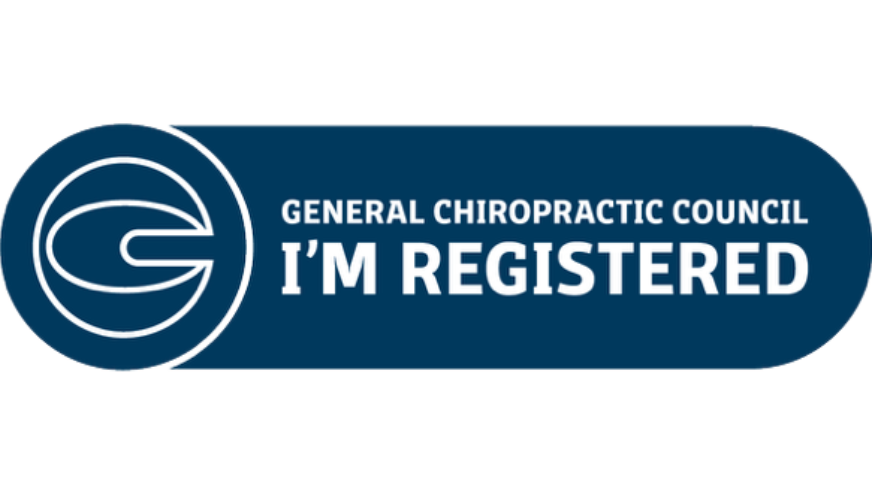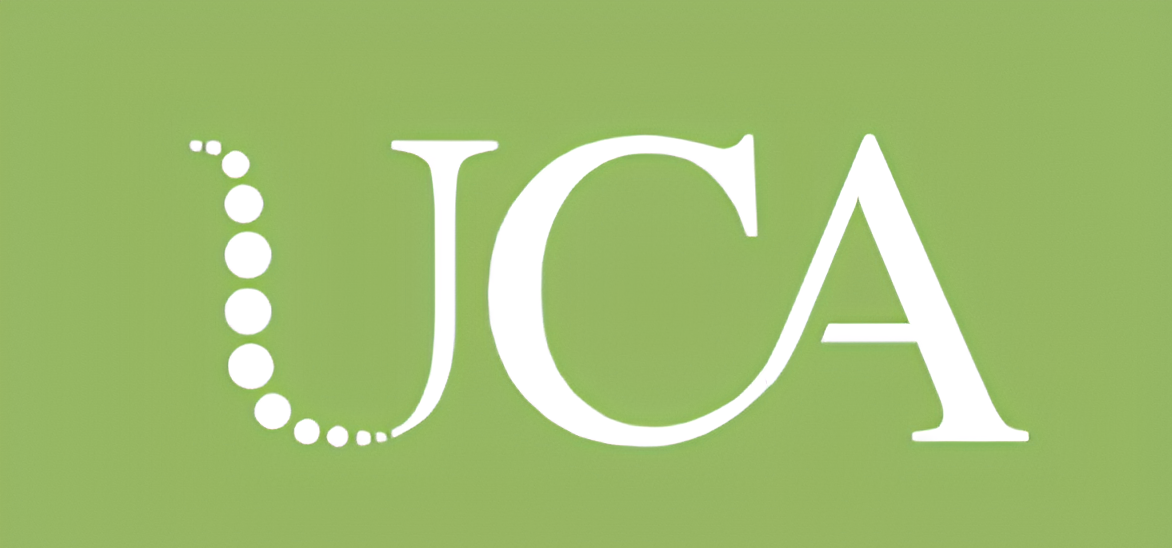Most of us have experienced a headache and know of someone who gets frequent headaches. Alike other types of pain, headaches can be debilitating and affect day to day life. They can even cause other symptoms such as sleep disturbances and fatigue, depression and mood changes, affect bodily functions and, most importantly in children and teenagers can affect behavior and development.
There has been a trend towards identifying the underlying cause of headaches rather than masking the pain with painkillers, which over the long term exacerbates conditions. Regular use of pain relief for headaches has also been linked to causing analgesic rebound headaches (Rapport et al, 1996).
The three most common headaches are;
- Tension – commonly presents as ‘band like’ tension around the head or pressure across the forehead and temples.
- Cervicogenic – dull pain in one or more areas of the head, face and neck
- Migraine – severe to debilitating pain often felt on one side of the head and may be accompanied by other symptoms such as nausea, vomiting and/or sensitivity to light, smell and sound
Why do headaches hurt?
There is not one specific factor that causes, they can be The pain you feel with a headache is caused by pain sensitive nerves (nociceptors) sending messages to the brain and triggering a pain sensation response.
Headaches can be musculoneuroskeletal, which means they can be caused by nerves, muscles and joints (or a combination of). This is why manipulative therapy is a very effective natural approaches to managing the intensity and frequency of headaches and migraines (Bryans et al, 2011).
How do we treat headaches?
At Spine, we look at the Physical reasons why headaches occur, we look at the body as a whole. We have a heavy focus on posture and the overall position and shape of the body and all of its parts. What we have seen time and time again, is that the tension and headache/migraines are caused by problems further down the chain and that the headaches are a byproduct of structural problems further afield.
Once you can get the body into a more upright and relaxed position by correcting the structure, the body moves towards ease and the headaches(and other issues) become manageable.
References
- Biondi D.M. Physical treatment for headache: a structured review. Headache. 2005:738. [PubMed] [Google Scholar]
- Bronfort G., Assendelft W.J., Evans R., Haas M., Bouter L. Efficacy of spinal manipulation for chronic headache: a systematic review. J Manipulative Physiol Ther. 2001;24:457–466. [PubMed] [Google Scholar]
- Bryans R, Descarreaux M, Duranleau M, Marcoux H, Potter B, Ruegg R, Shaw L, Watkin R, White E. Evidence-based guidelines for the chiropractic treatment of adults with headache. J Manipulative Physiol Ther. 2011 Jun;34(5):274-89. doi: 10.1016/j.jmpt.2011.04.008. PMID: 21640251.
- Cattley P., Tuchin P.J. Chiropractic management of migraine without aura. A case study. Australas Chiropr Osteopathy. 1999;8:85–90. [PMC free article] [PubMed] [Google Scholar]
- Chaibi A, Tuchin PJ. Chiropractic spinal manipulative treatment of migraine headache of 40-year duration using Gonstead method: a case study. J Chiropr Med. 2011 Sep;10(3):189-93. doi: 10.1016/j.jcm.2011.02.002. Epub 2011 Aug 6. PMID: 22014909; PMCID: PMC3259914.
- Chaibi A., Tuchin P., Russell M.B. Manual therapies for migraine: a systematic review. J Headache Pain. 2011;12:127–133. [PMC free article] [PubMed] [Google Scholar]
- Fernandez-de-las-Penas C., onso Blanco C., San-Roman J., Miangolarra-Page J.C. Methodological quality of randomized controlled trials of spinal manipulation and mobilization in tension-type headache, migraine, and cervicogenic headache. J Orthop Sports Phys Ther. 2006;36:160–169. [PubMed] [Google Scholar]
- Nelson C.F., Bronfort G., Evans R., Boline P., Goldsmith C., Anderson A.V. The efficacy of spinal manipulation, amitriptyline and the combination of both therapies for the prophylaxis of migraine headache. J Manipulative Physiol Ther. 1998;21:511–519. [PubMed] [Google Scholar]
- Parker G.B., Tupling H., Pryor D.S. A controlled trial of cervical manipulation of migraine. Aust N Z J Med. 1978;8:589–593. [PubMed] [Google Scholar]
- Tuchin P.J., Pollard H., Bonello R. A randomized controlled trial of chiropractic spinal manipulative therapy for migraine. J Manipulative Physiol Ther. 2000;23:91–95. [PubMed] [Google Scholar]
- Rapoport, A. et al. Analgesic Rebound Headache in Clinical Practice: Data From a Physician Survey Headache, The Journal of Head and Face Pain 1996;36: 14
- https://www.ninds.nih.gov/health-information/disorders/headache



